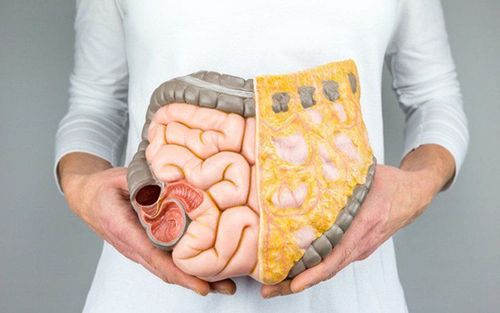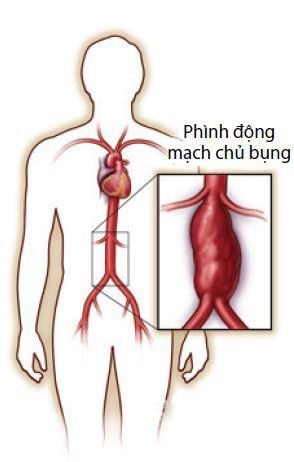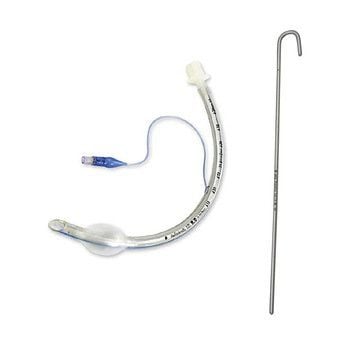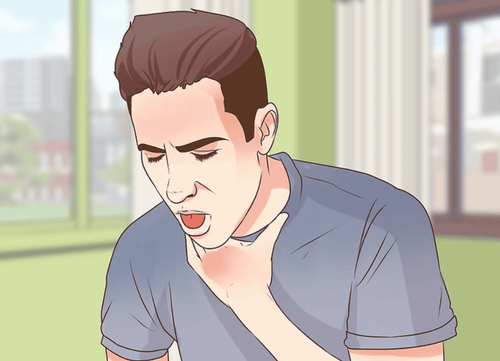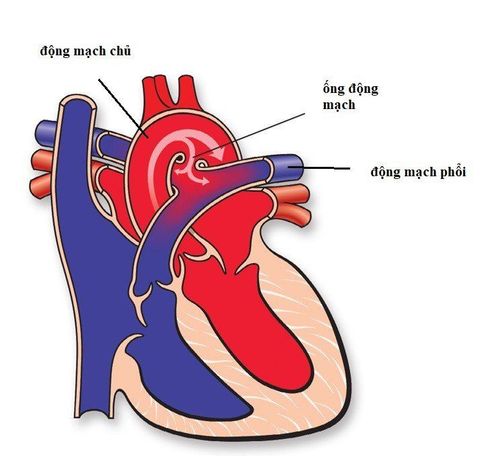This is an automatically translated article.
The article was professionally consulted by Doctor Nguyen Van Duong - Interventional Cardiologist - Cardiovascular Center - Vinmec Central Park International General Hospital. The doctor has many years of experience in the diagnosis and treatment of cardiovascular diseases.The internal circulation of the human body consists of two circuits, the large circulation and the small circulation (circulation through the lungs). Gas exchange in the lungs occurs when blood circulates through the lungs, which is an important process for creating oxygen-rich blood to supply the body's tissues and organs.
1. Brief anatomical structure of the lung
The lungs are an organ of the respiratory system, located in the ribcage, consisting of two sides, the right lung and the left lung. The lungs are fixed in the pleural space by the bronchi and ligaments.The inside of the two sides of the lung has the hilum, which is where the components of the bronchi pass through, including: the main bronchus, the pulmonary artery, the pulmonary vein, the bronchial artery, the bronchial vein, the cords nerves and lymph nodes.
The main bronchus is divided into the right main bronchus and the left main bronchus, which enter each lung through the hilum. It then further subdivides into lobar bronchi, segmental bronchi, lobar bronchi and finally terminal bronchioles that carry air into alveolar ducts, alveolar sacs, and alveoli. The alveolar surface is dense with capillaries to perform the task of gas exchange between blood and air.

2. How does blood circulate through the lungs?
The internal circulation of the human body consists of two circuits, the large circulation and the small circulation (circulation through the lungs). The great circulation is the circulation that brings oxygen-rich blood to the tissues and organs of the body, and at the same time collects carbon dioxide - a waste product from metabolism. The microcirculation is the one that carries blood to the lungs to remove carbon dioxide and take in oxygen.Blood from the right ventricle through the pulmonary valve will enter the pulmonary artery, then continue along the smaller branching arteries, and finally to the capillaries at the surface of the alveoli - where gas exchange takes place.
Oxygen in the air following inhalation will enter the alveoli, then penetrate the very thin capillary walls to enter the newly arrived blood stream. At the same time, carbon dioxide will from the blood stream through the capillary wall into the air and be expelled from the body during expiration.
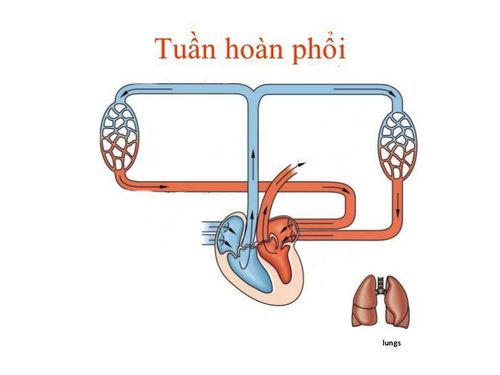
Please dial HOTLINE for more information or register for an appointment HERE. Download MyVinmec app to make appointments faster and to manage your bookings easily.
Reference source: webmd.com




